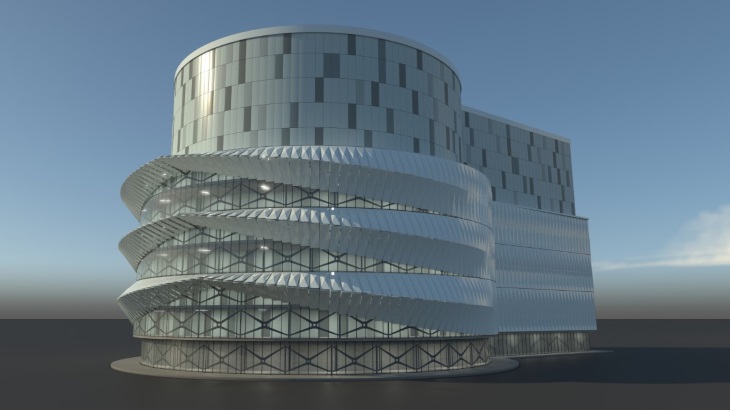The successful site will be home to the construction of STEP - the Spherical Tokamak for Energy Production - that is targeted for completion by 2040. STEP will be delivered through the UK Atomic Energy Authority (UKAEA), which carries out fusion energy research on behalf of the government.
The Ten Point Plan allocated GBP222 million (USD296 million) to begin the STEP design work. In addition, the government has invested GBP184 million by 2025 in new fusion facilities, infrastructure and apprenticeships at the Culham Science Centre in Oxfordshire, providing further support to this important centre of fusion and innovation.
Alok Sharma, secretary of state for Business, Energy and Industrial Strategy (BEIS), said: "We want the UK to be a trailblazer in developing fusion energy by capitalising on its incredible potential as a limitless clean energy source that could last for generations to come. Communities across the country have an incredible opportunity to secure their place in the history books as the home of STEP, helping the UK to be the first country in the world to commercialise fusion and creating thousands of highly skilled jobs to drive our Green Industrial Revolution."
UKAEA CEO Ian Chapman said that STEP moves research and development to delivery. "It will prove that fusion is not a far-off dream, but a dawning reality with the UK leading the commercial development of fusion power and positioning itself as a pioneer in sustainable fusion energy. To achieve this ambitious goal will require all the ingenuity and application of the UK’s science and engineering industry and we look forward to working with industrial partners in the years ahead, not just to invest, but also to support the technical evolution of the programme. We are confident that working together with partners in the UK and around the world will enable the UK to bring a revolutionary technology to market."
Communities will have until the end of March 2021 to submit their nominations and will need to demonstrate that their local area has the right mix of social, commercial and technical conditions to host the new plant - such as adequate land conditions, grid connection and water supply.
The aim for the first phase of work on STEP is to produce a ‘concept design’ by 2024. The next phase of work will include detailed engineering design, while all relevant permissions and consents to build the prototype are sought. The final phase is construction, with operations targeted to begin around 2040. The aim is to have a fully evolved design and approval to build by 2032, enabling construction to begin. On conclusion of its assessment, UKAEA will make a recommendation to the Secretary of State for BEIS with the successful site announced around the end of 2022.
UKAEA oversees Britain’s fusion programme, headed by the MAST Upgrade (Mega Amp Spherical Tokamak) experiment. It also hosts the world’s largest fusion research facility, JET (Joint European Torus), which it operates for European scientists under a contract with the European Commission. Fusion research at Culham is funded by the Engineering & Physical Sciences Research Council and by the European Union under the Euratom treaty.
Fusion has no carbon emissions, is inherently safe and has abundant and widespread fuel resources - the raw materials are found in seawater and the earth’s crust. Fusion research aims to copy the process which powers the sun for a new large-scale source of clean energy on earth. When light atomic nuclei fuse together to form heavier ones, a large amount of energy is released. To do this, fuel is heated to extreme temperatures, 10 times hotter than the centre of the sun, forming a plasma in which fusion reactions take place. A commercial power station will use the energy produced by fusion reactions to generate electricity.
BEIS said that a recent independent study by London Economics had found that the UK economy has gained GBP1.4 billion from the government’s direct investment in fusion energy over the past decade.






_18570.jpg)
_16159.jpg)
_49205.jpg)





